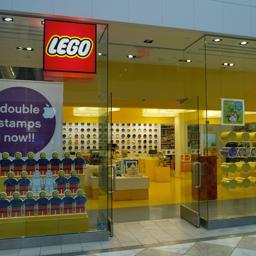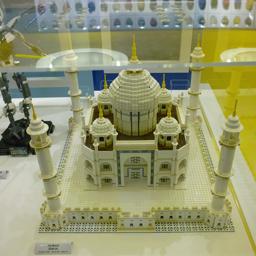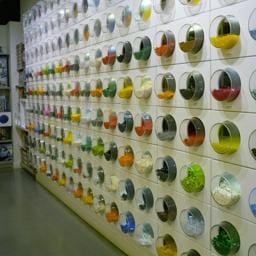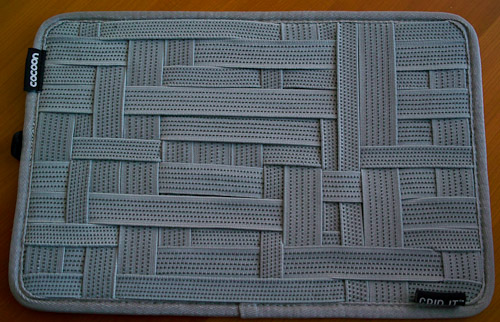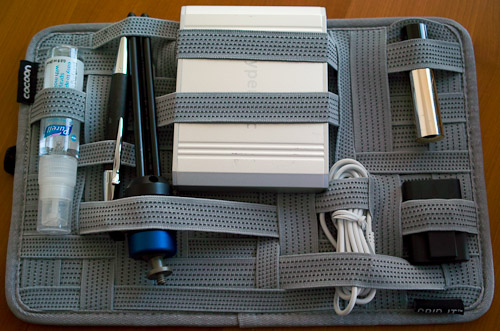Withings scale
I received today a Withings networked body scale. This gizmo measures your weight and estimates body fat ratio using an impedance bridge, and uploads it over WiFi to their web server, where you can watch trends and monitor your progress. The scale itself is quite thin and elegant, quite unlike my older Tanita scale. The top is glass with a metallic underlay that makes it look like a large slab of photovoltaic cell. It runs off 4 AAA batteries, they must use a remarkably power-efficient microcontroller.
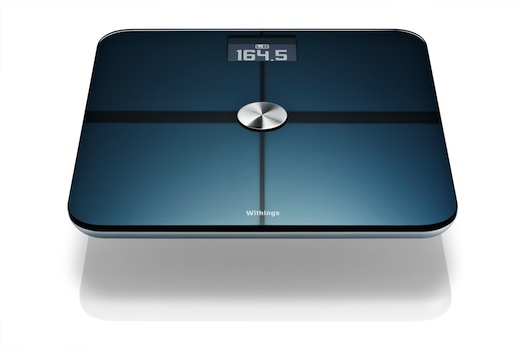
Since there is no UI on the device, you hook it up to your computer via a USB cable, and the installer (available for Mac and Windows) will upgrade the firmware, set up the WiFi access point and authentication parameters, and associate the scale with the account you created on the Withings website. That’s pretty much it, the process is very smooth.
Using it is simplicity itself — just step on the scale (there is no clunky recalibration scheme unlike my Tanita). The weight measure is near instant and shown on a very legible backlit LCD display that is far easier on the eyes than Tanita’s thin numerals. A progress bar starts as the bridge measures your body impedance (used to estimate body fat content) and in a few seconds the process is complete and the results uploaded. It can track multiple users as long as their weights are not within half a kilo of each other. The user interface uses more Flash than I would like, but is perfectly serviceable, there is also a free iPhone app and a JSON-based API to access the data.
I paid $159 for it on Amazon. Considering the amount of technology and design that went into the product, it is relatively inexpensive.
After using it and trying to find out more about the company, I realized it is French and the CTO, Frédéric Potter, was in my alma mater the class before mine. It’s always great to see innovative startups thriving, and I hope there are more connected devices forthcoming. I’d love to see WiFi-enabled thermometers, power meters and remote power switches using the technology.
